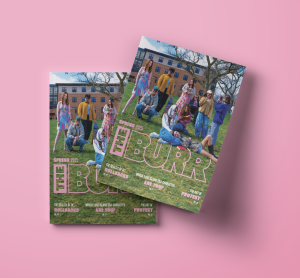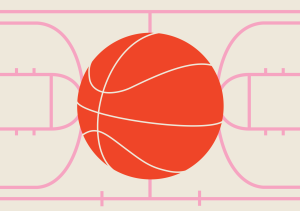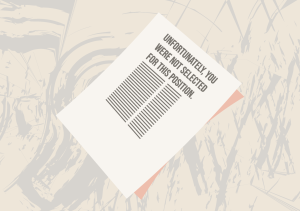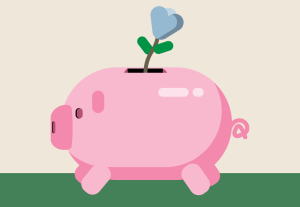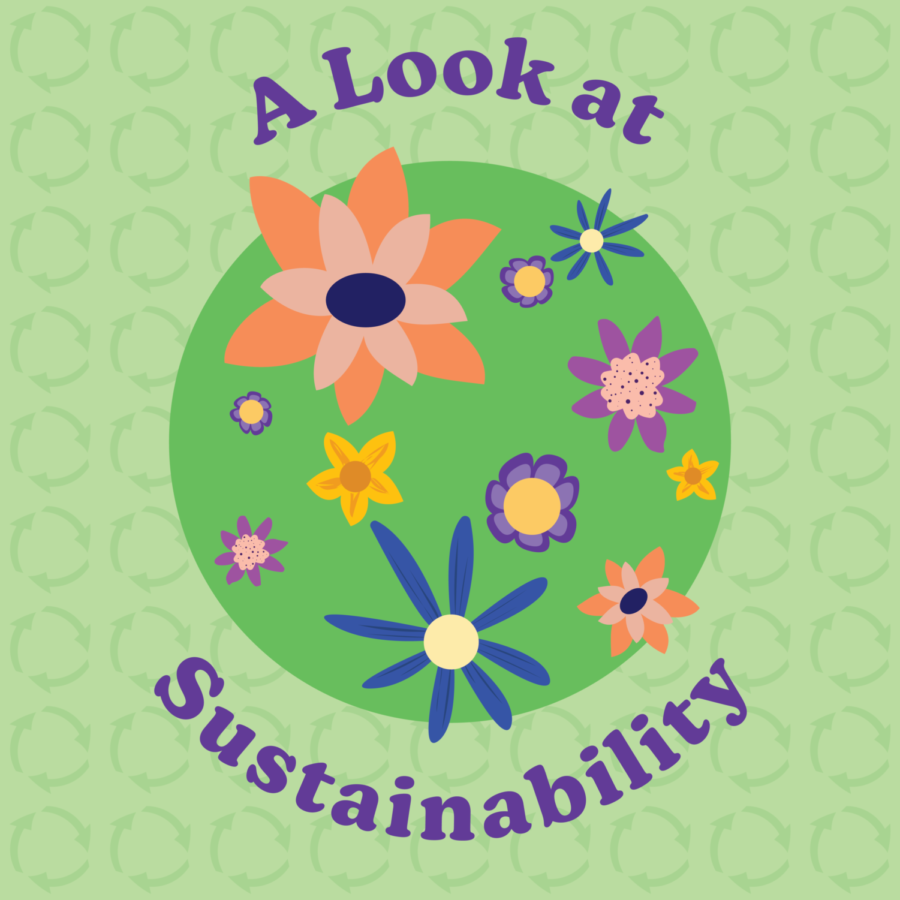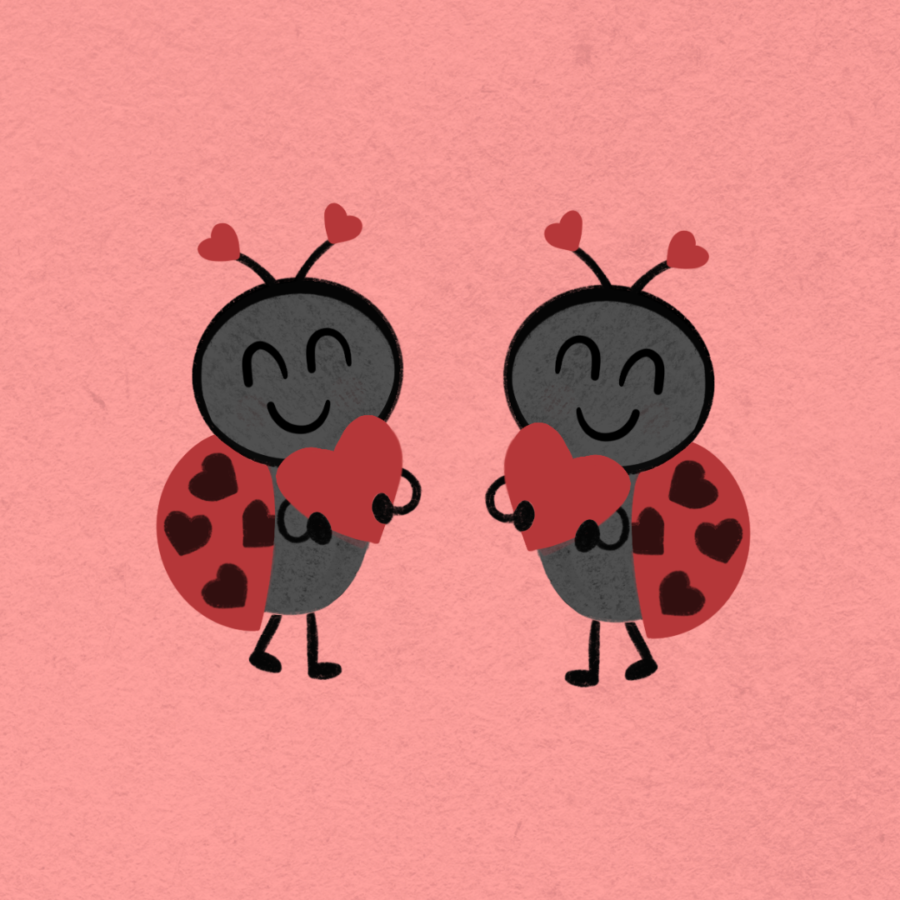A Look at Reuse
March 31, 2023
Extending the lifespan of any product is an efficient and very cost effective way to live more sustainably. This usually involves the replacement of single-use items with the more eco-friendly reusable version.
Generally, the following items make up the largest part of an individual’s single-use waste: plastic bags, plastic cutlery, plastic bottles, and paper products. By making some simple swaps, you can easily avoid sending these common products to the landfill.
The items above tend to be thrown out the most because they are completely integrated into the average consumer lifestyle.
In fact, disposable products like plastic cutlery became extremely popular during the 1950s. This was the era when women were entering the workforce in large numbers and consequently had less time to cook and clean at home.
At the same time, countless types of plastic were being invented and were extremely cheap to produce. The result was a long-lasting windstorm that created our “throw-away society”.
Convenience inventions like the paper plate allowed consumers to pay for more free time. Gone were the days of washing countless dishes. Now, a person could simply buy their way out of household chores.
The environmental implications of such a thought process are obviously alarming.
For a student on a tight budget and very limited time, single-use tableware products may ostensibly appear as the best option. However, recurring purchases tend to add up quickly. In the long run, a student will save the most money and time by shunning single-use tableware.
Outside of the home, most grocery stores provide plastic bags as a convenience to the shopper. The average restaurant will offer its diners a foam clamshell for any leftover food.
As an individual, I have limited control over big businesses and their environmental policies (or lack thereof). I have to adjust my individual behavior significantly in light of society’s current practices and norms, most of which prioritize profits over eco-stewardship.
I found that I can avoid reliance on many single-use items by coming prepared with my own reusable version. I always keep a few reusable bags in the trunk of my car, just in case. In my bookbag, I carry around a cutlery set and my reusable water bottle.
I know that during any given day I will inevitably be offered single-use plastic and paper products. It is only because I pre pack my bag with a sustainable option that I am able to refuse the most common disposable items.
Preparation is certainly key when it comes to following the five pillars of sustainability.
During my trash audit earlier this year, I noticed that I throw out paper napkins just about every meal. Although I could avoid this, by either bringing my own reusable napkin or washing my hands after each meal, it would be a major inconvenience.
This showcases that most eco-friendly swaps are a trade-off between convenience and commitment. However, a person’s lifestyle will ultimately dictate how much time and energy a person can commit to living sustainably.
For example, most students do not have the money it takes to seek out a specialty packageless grocery store. Most students, however, will be able to easily make the swap at a local store from plastic grocery bags to reusable ones.
Again, it is important to keep in mind that each person has individual situational constraints (time, money, and energy) that can either facilitate or obstruct sustainable habits.
Especially when I first began my journey into sustainable living, I felt my student lifestyle was a huge barrier to sustainable living. Being a college student simultaneously frustrated and challenged me.
Throughout this process, I’ve accepted that I have very limited resources to work with. However, my drive and passion for the environment allowed me to discover many creative, unconventional workarounds to these obstacles.

